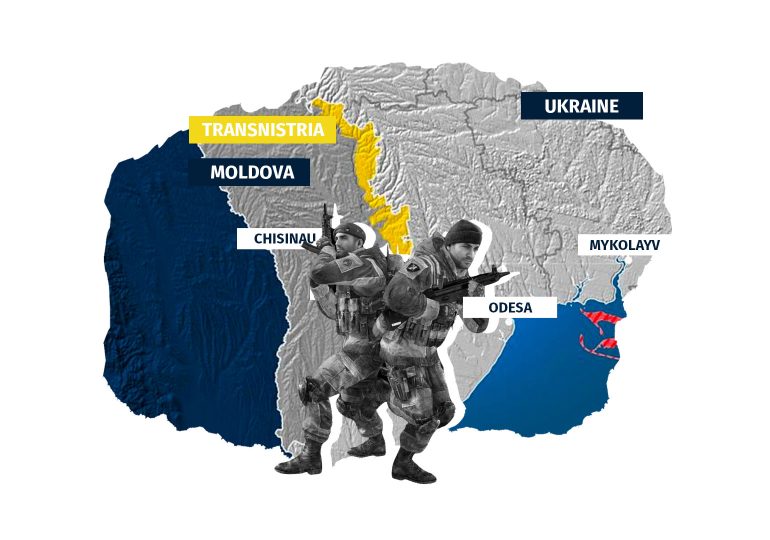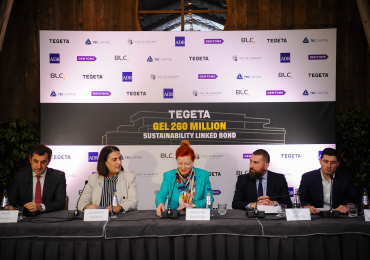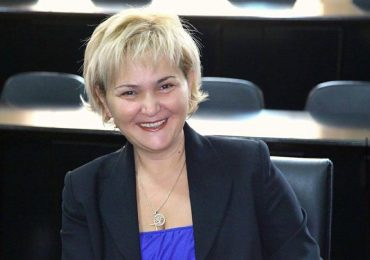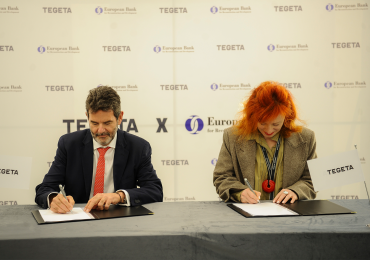The Moldovan authorities have been fearful of any sign of growing tensions in Transnistria, an unrecognised Moscow-backed separatist bordering southwestern Ukraine since Russia started the invasion of Ukraine. However, worries have further increased in Chișinău on April 24, when a number of grenades were launched at the Ministry of State Security of Transnistria by unknown assailants in Tiraspol, the administrative capital of the region. On April 26, another serious attack targeted two Soviet-made masts, which were transmitted to Russian radio. a few kilometres north of Tiraspol.
Mysterious explosions in Transnistria have raised fears that the ongoing Russian aggression may spread over Moldova. While no one has taken responsibility for this act, there is a great deal of anxiety that the attacks could be deliberate Russian provocation aimed at destabilising Transnistria, which hosts a Russian peacekeeping mission of 1500 soldiers, as well as Moldova as a whole. Separatist authorities of Transnistria have blamed Ukrainian “infiltrators” for these actions, called on a 15-day red alert, with anti-terrorist security measures put in place, like the setting up of roadblocks at the entrances to cities. Transnistria’s de-facto president, Vadim Krasnoselsky, stated that “the traces of these attacks lead to Ukraine.” Ukrainian President Volodymyr Zelensky has claimed that Russian special services were involved in the explosions, while Moldova’s president, Maia Sandu, speaking on April 26 after an emergency meeting of the country’s security council, called the events “a clear and deliberate escalation of tensions that causes us a great deal of concern,” rebuffing Russia’s claims that the attacks were carried out by NATO.
Conflict in Transnistria, a narrow strip of land on the eastern edge of Moldova, has been frozen since the breakup of the Soviet Union and a brief civil war with Moldova in 1992. Since then, the region has operated as a de-facto independent state, even though it has not been recognised by any country. Transnistria is home to a population of about half a million people, who are predominantly Russian speakers. After the Second World War, Moscow created Moldova’s forerunner, the Moldavian Soviet Socialist Republic, from the mainly Russian-speaking Dniester region, which had been an autonomous part of Ukraine, and the neighbouring region of Bessarabia, which had been part of Romania between 1918 and 1940. Unlike the rest of Moldova, populated by a majority of ethnic Romanians, Transnistria has never been part of Romania. It was incorporated into the Moldavian Soviet Socialist Republic by the Soviet Union in the 1940s in an attempt to “Russify” the republic. Today, Transnistria’s government and economy are heavily dependent on subsidies from Russia, and no important decision is made in Tiraspol without Moscow’s knowledge or approval,
A flare-up in Transnistria could restart the frozen conflict in Moldova and open up a new front in the Ukraine war. The explosions in the breakaway region occurred shortly after a commander of Russia’s Central Military District (CFD), Rustam Minnekayev, stated that Russian forces were aiming to take full control of southern Ukraine and that such a move would open a land corridor between Russia and Transnistria. Odesa, Ukraine’s key port city, is situated just east of Transnistria, and if Russia reinforced Transnistria, it would acquire an additional frontline to advance towards Odesa.
In the meantime, Minnekayev said that Russia would try to assert full control over eastern and southern Ukraine and could target Moldova as well. President Vladimir Putin has many times reiterated his pledge to “protect” ethnic Russians in ex-Soviet republics. That was his argument for invading pro-Western Ukraine as well. According to Minnekayev, mobilizing in the Donbas region as part of the “second phase” of Russia’s military operation would also create a land corridor from Russia to Crimea, a Ukrainian peninsula the Kremlin illegally annexed in 2014, and that control over the regions would also open up a route to Moldova, where he claimed Russians were being “oppressed.”
The incidents in Tiraspol might indicate that Russia is preparing for a new phase of the invasion, which would include reaching Transnistria. This would create an opportunity for the creation of a western front. Nevertheless, it is worthwhile to mention that the Kremlin will have to deliver a significant amount of military supply. This could be a difficult task for the Kremlin at the moment as Russia has been struggling to consolidate its territorial occupation in various Ukrainian cities. Thus, opening up another front in Transnistria and supplying it with military personnel and weapons could be quite challenging.
On the other hand, by reaching Transnistria, Russia could shake up Moldova’s pro-EU government led by Maia Sandu’s Action and Solidarity Party. Sandu came to office in November 2020 after she defeated pro-Kremlin incumbent Igor Dodon. Since then Sandu has tried to reform Moldova, fight against corruption and strengthen rule of law in the country. On March 3, the Moldovan government formally applied for European Union membership, and while it has not expressed its willingness towards obtaining NATO membership, it is clear that Russian influence in the country is slowly but surely fading. Moscow is eager to regain control over decision-making processes in Chișinău and through staging incidents in Transnistria, it might have tried to discredit the credibility of the current government. Dodon, Sandu’s main pro-Russian opposition leader, is now using this escalation to promote the disinformation that driven by western forces, Sandu might engage Moldova in war.


















